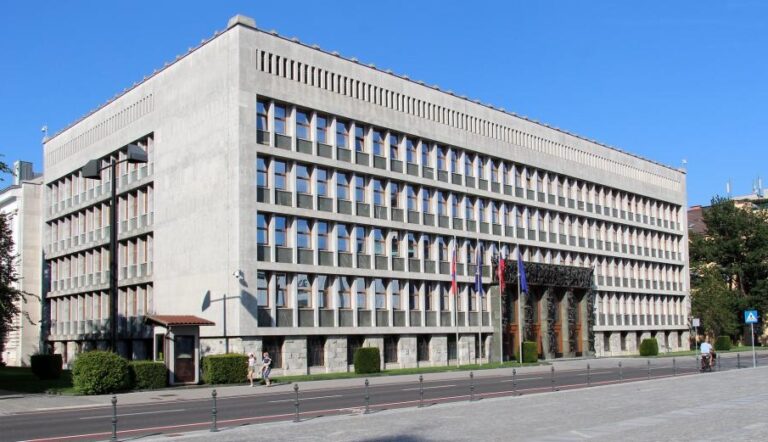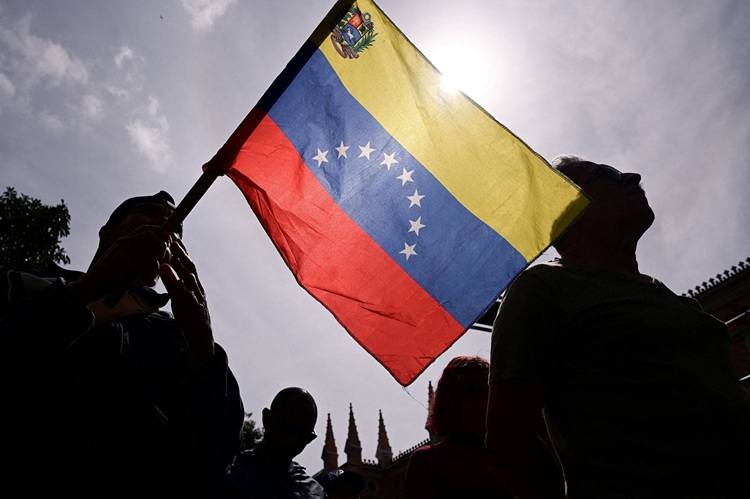Japan is set to initiate the discharge of tritium-laced water from the Fukushima No. 1 nuclear power plant on Thursday, subject to favorable weather conditions. Despite concerns from fishing cooperatives and objections from locals and neighboring countries, Prime Minister Fumio Kishida announced the government’s commitment to proceeding with the plan. They intend to ensure the safety of the water release through long-term strategies.
Kishida emphasized that the government will maintain responsibility until the discharge is completed, ensuring the safe decommissioning of the Fukushima No. 1 plant and the release of ALPS-treated water. The decision takes into account the need for final examinations, conducted in collaboration with Tokyo Electric Power Company (Tepco), the Japan Atomic Agency, and a third-party private company, to validate and standardize the tritium levels.
The plan also considers the timing to coincide with the start of the bottom-trawling fishing season in Fukushima Prefecture in early September. To address concerns about potential damage to reputation and support for the local fishing industry, the government has introduced two assistance funds totaling $5.5 billion.
Kishida also announced intentions to demand the removal of import restrictions on Fukushima produce imposed by countries that still uphold such measures. Simultaneously, efforts will be made to enhance both domestic and international comprehension of the discharge. Steps to expand export routes and ensure the consumption of Fukushima produce within the country are part of the plan.
While many nations lifted import restrictions following the 2011 Fukushima disaster, certain countries like China, South Korea, Hong Kong, Macau, Taiwan, and French Polynesia have maintained various levels of restrictions. Chinese restrictions on Japanese seafood imports, along with rigorous radiation testing, led to decreased imports and longer customs processing times.
China and others criticized Japan’s choice to release treated water into the ocean, advocating for exploring alternative disposal options. South Korea continues to uphold a ban on Fukushima-area food products, despite an endorsement from the International Atomic Energy Agency.
Economy minister Yasutoshi Nishimura addressed concerns about potential economic losses during his visit to Fukushima Prefecture, engaging with local officials, Tepco executives, and fishing representatives. In terms of fishing, Fukushima Prefecture’s production and value ranking fell over the years.
Kishida’s meeting with the National Federation of Fisheries Cooperative Associations showcased the group’s continued opposition to the plan, even though it garnered some support within the fishing industry. The focus now shifts to the Futaba district of Fukushima Prefecture, where over 1.34 million tons of water will gradually be released into the ocean through an underwater tunnel, after being cleansed of radioactive materials except tritium.
Tritium levels have been significantly reduced, aligning with Japanese standards. Although tritium poses minimal environmental risks within regulatory levels, concentrated exposure can be harmful to humans. The government plans to validate the safety of the plan through water and fish sampling tests conducted by the Environment Ministry and the Fisheries Agency.
The government aims to reduce daily treated water quantities over time, with Tokyo Electric Power Company (Tepco) beginning the process by releasing a small amount of treated water. By the end of the fiscal year, Tepco intends to release 31,200 tons of treated water containing tritium.
(Source: Gabriele Ninivaggi | Eric Johnson | The Japan Times)









